How we eat and drink today:
Did you know that current farming and food consumption practices are slowly damaging our environment? Modern industrial agricultural practices are inefficient in their use of land, water and soil. Yet, population and economic growth continue to increase the need for food production. The world’s population is expected to reach 10 billion by 2050, and our farming and food consumption habits will not be sustainable enough to feed everyone! Industrialized food is already costing us an estimated $3 trillion a year in environmental costs, according to UNEP. In fact, conventional agriculture pollutes our air and water, destroys our wildlife, and emits greenhouse gases.
Environmental impact:
The industrialization of agriculture currently accounts for 15% of human-induced greenhouse gas emissions, 80% of deforestation, and 70% of freshwater use worldwide. As you can see, current massive agricultural programs are contributing to the destruction of our planet. The following are just a few of the areas in which the environment is being harmed.
Soil:
Conventional agricultural practices depend on large-scale monocropping, where farmers grow a single crop or livestock at a time; such farming requires large amounts of pesticides and chemical fertilizers. The soil and waterways are extremely contaminated when pesticides are sprayed on crops. An increase in monocropping, such as corn and wheat, combined with intensive chemical use, results in loss of agricultural biodiversity and has accelerated soil erosion, depleting it of nutrients, microbes, and microorganisms. In addition, about 70% of agricultural land has lost its nutrients and is considered degraded, mainly due to inefficient land management. As a result of unsustainable practices over the years, topsoil, which is essential for the growing of crops, is gradually being destroyed in many areas of the world; some experts claim that if we continue at this rate, we will have no topsoil left in 60 years. It is clear that we have completely exploited our soil, extracting its nutrients, its potassium and its nitrogen, rendering it useless. The resulting soil desertification releases carbon into the atmosphere while threatening our future ability to produce food.
Meat Production:
Another major factor in the alarming statistics mentioned above is meat production. Industrial meat is one of the largest causes of deforestation, with deliberate fires being set to create space for cattle, a practice regularly seen in the Amazon rainforest. In addition, livestock and their manure release methane into the environment; cattle are the leading source of greenhouse gas emissions, with a single cow emitting approximately 220 pounds of methane per year. Moreover, grains intended for human consumption are used to produce ethanol/biofuel for vehicles and to feed livestock, which by 2050 will account for 50% of grains produced, a frighteningly large percentage!
Bodies of water:
To make matters worse, intensive agriculture and grain production is impacting all bodies of water; indeed, growing crops to feed both humans and livestock requires an extreme amount of water. Irrigation of cotton fields has led to the disappearance of the Aral Sea in Russia. Chemical fertilizers have also polluted freshwater sources and oceans by increasing phosphorus levels and affecting algae, which are necessary to oxygenate water and feed marine animals. According to a UC Davis study, fertilizers and animal waste are responsible for 96% of the nitrates found in groundwater in these agricultural areas. The oceans are also affected by commercial fishing; coral reefs are destroyed while many marine animals, such as turtles, sharks, and dolphins, are killed as unwanted bycatch.
These are just a few of the environmental impacts of modern agriculture; but do not be fooled, the problem is much more serious and complex than can be explained in this blog!
However, in light of the alarming information that is already revealed, do you not agree that it is time to implement sustainable agricultural practices and techniques to ensure that population growth and environmental degradation do not leave us without land, food, oceans, fresh water, and more?
What can we do?
For anyone working in agriculture or agribusiness, these are some ways to start moving in the right direction. Implementing circular agriculture practices could greatly benefit our environment. Circular agriculture reduces external resource and land use, closes nutrient loops, regenerates soil, and eliminates waste; materials are constantly reused and recycled from farm to fork. According to the Ellen MacArthur Foundation, a circular approach to food systems could reduce chemical use by 80%. Modern, large-scale agriculture, driven solely by profit maximization, has completely supplanted established circular agriculture practices. But to ensure that agriculture does significantly less harm, we need to reduce its ecological footprint. Circular agriculture focuses on organic, mixed, and agroforestry practices with an emphasis on smallholder farmers.
From a consumer perspective, buying food more responsibly could make a big difference. Education is a necessity to reach this level; youths and adults alike need to learn about the harm of our food system in order to reverse the destruction and promote innovation. Children, in particular, should be educated about healthy eating habits (healthy for their own bodies and for the environment) and the importance of minimizing food waste. With enough education, the next generation would learn how to consume food more sustainably. Sustainable consumption includes buying organic, fair trade and local food when available; buying visually unattractive produce is another way to prevent food waste. Trying to limit your meat intake and buying seasonal fish are other ways to contribute. In general, as a consumer, it is not easy to identify which products have been sustainably produced and farmed. Trying to check labels and researching specific companies and certifications on food packaging is a step in the right direction.
Society can no longer ignore these risks; if we do not act now, it may be too late to reverse the damage and produce food in an environmentally sound way. Do you want to wonder in a few years whether there will be enough food for the whole world, for your children or grandchildren? I am sure none of us want that future, which is why change must begin today.
Links Used:
https://ourworld.unu.edu/en/agriculture-and-food-systems-unsustainable
https://www.unep.org/news-and-stories/story/9-ways-food-systems-are-failing-humanity
https://www.bbc.com/future/bespoke/follow-the-food/how-to-fix-our-broken-food-system.html
https://www.naturalgrocers.com/health-hotline-article/hidden-costs-conventional-agriculture


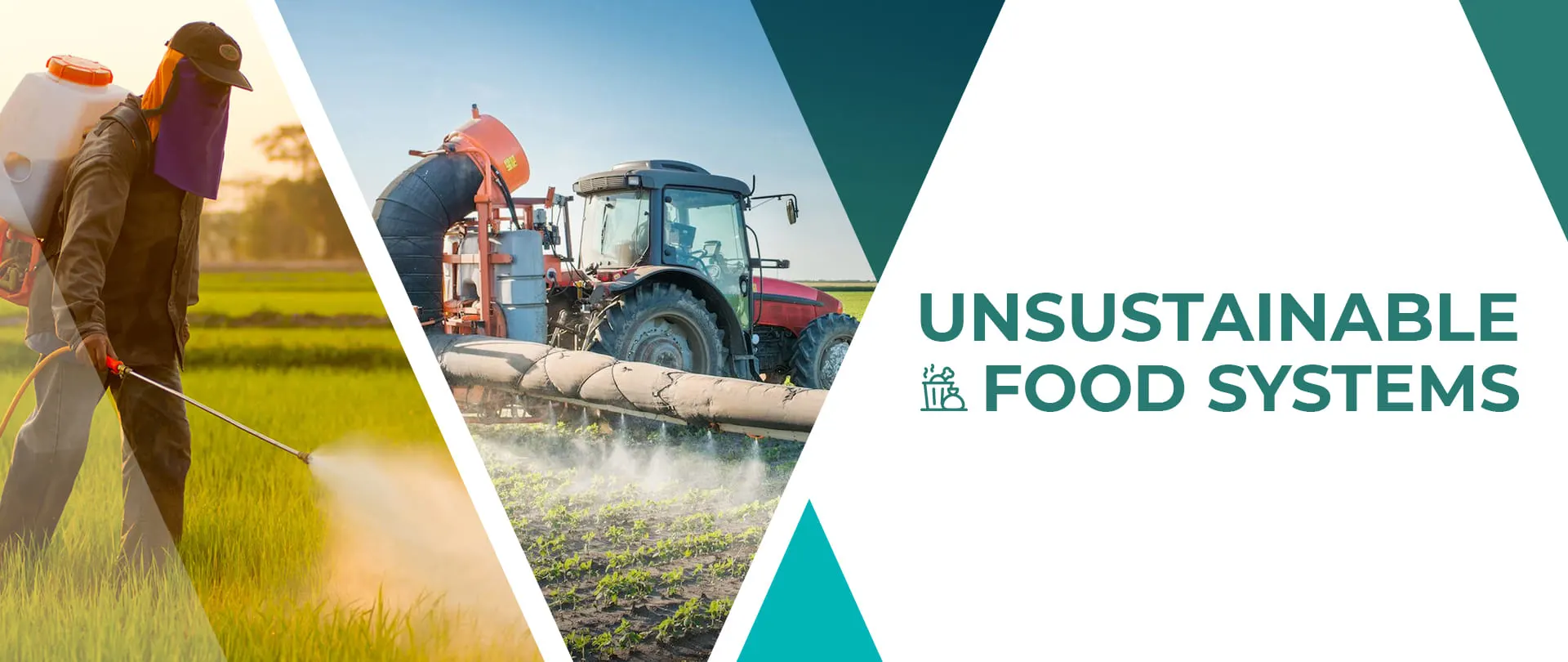

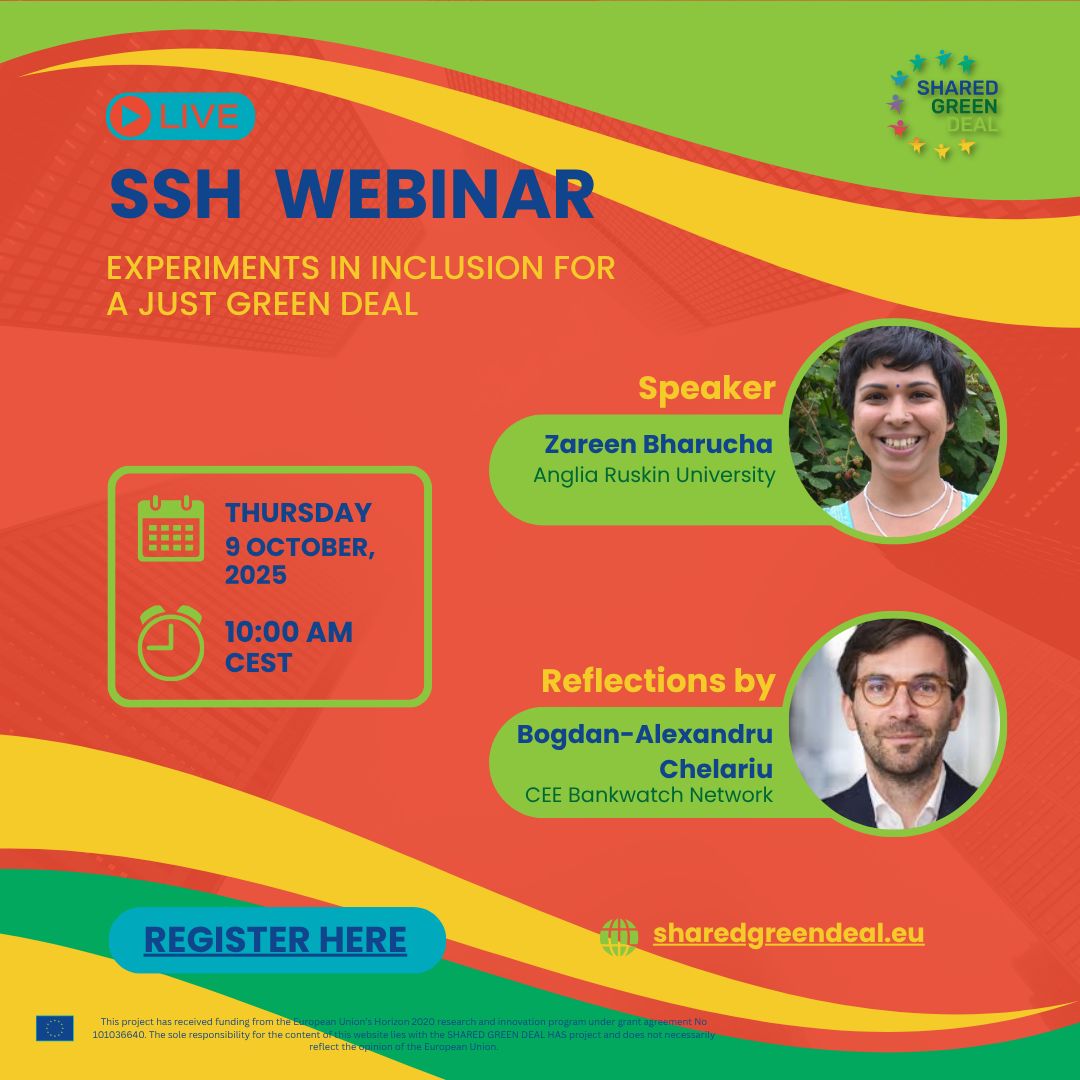
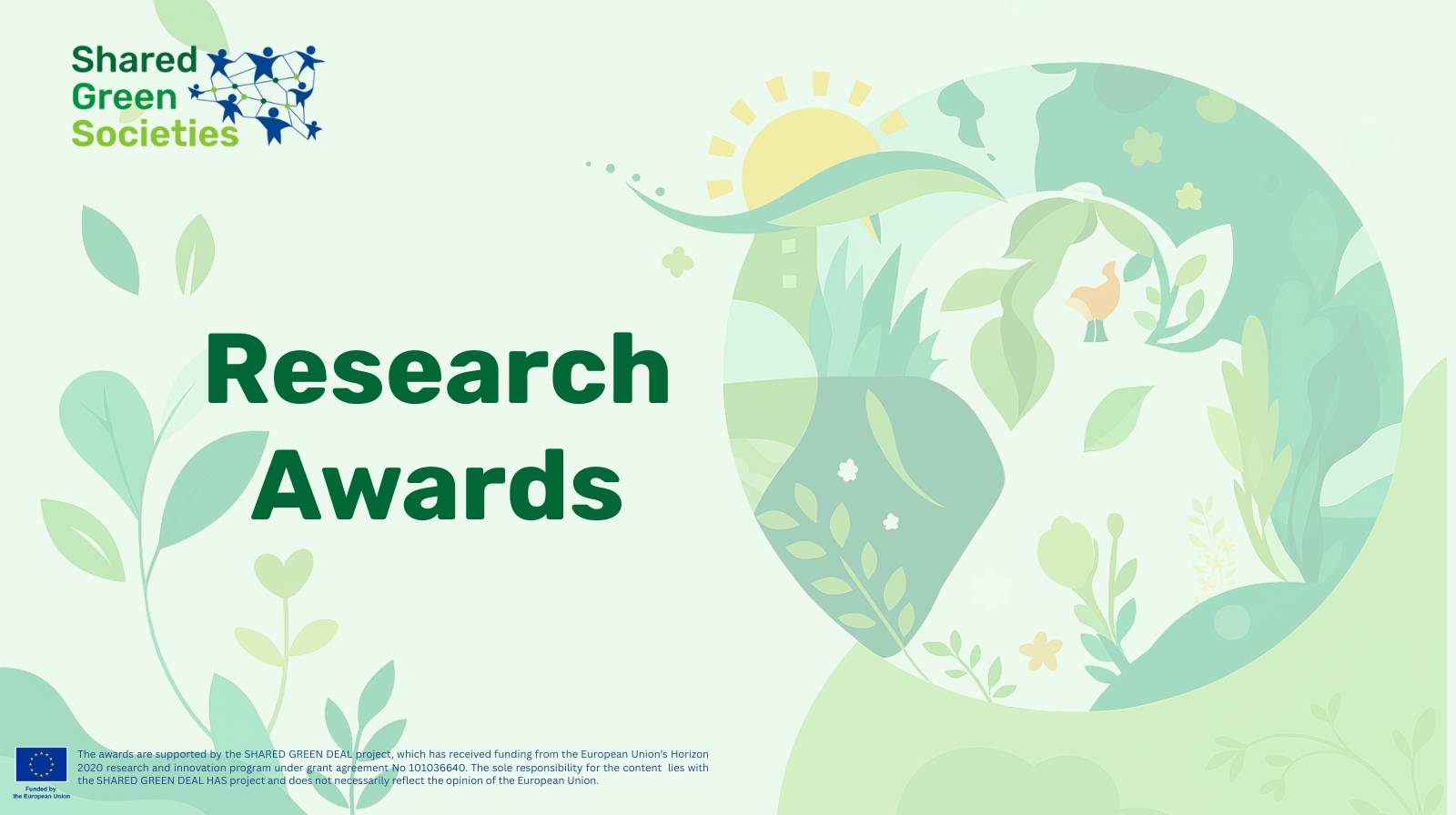



















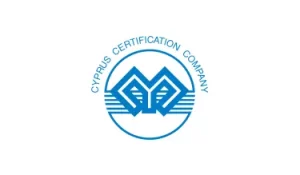












































































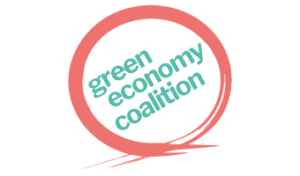







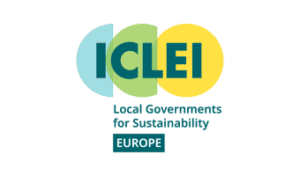








0 Comments